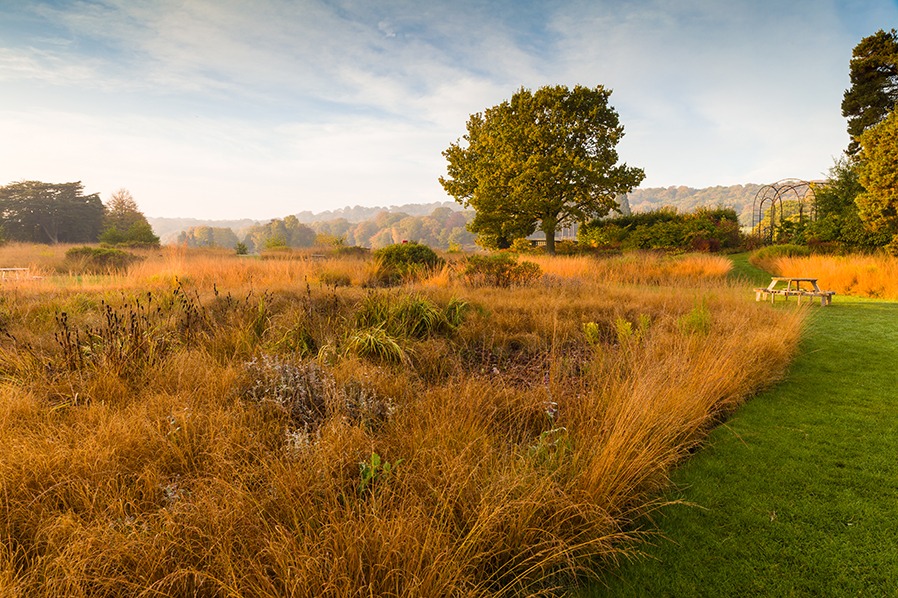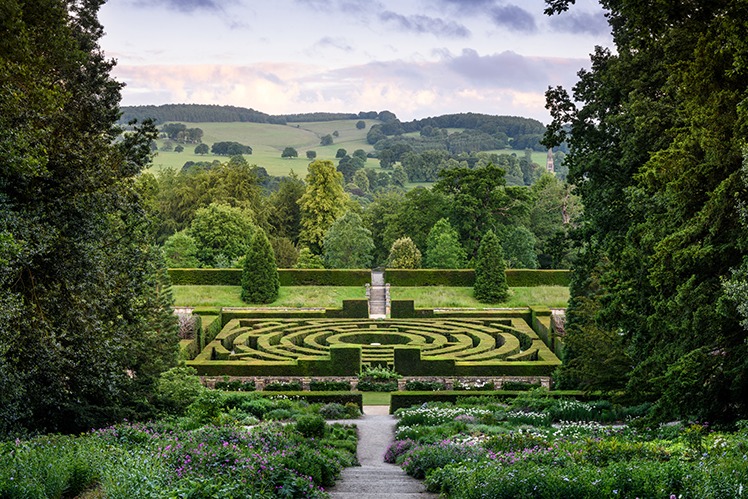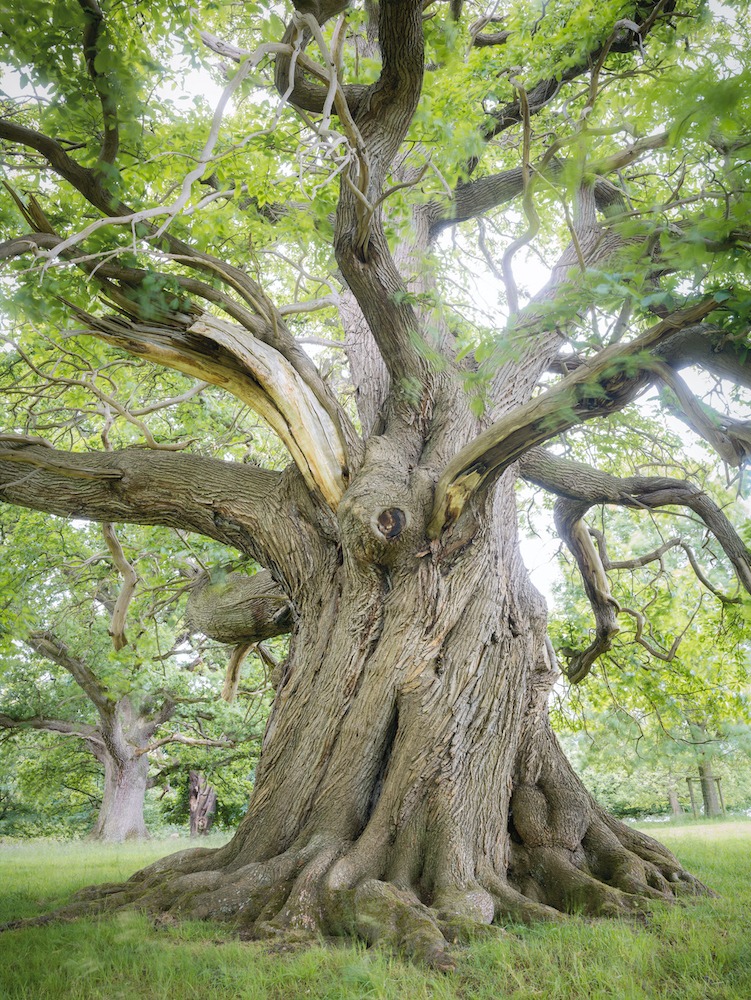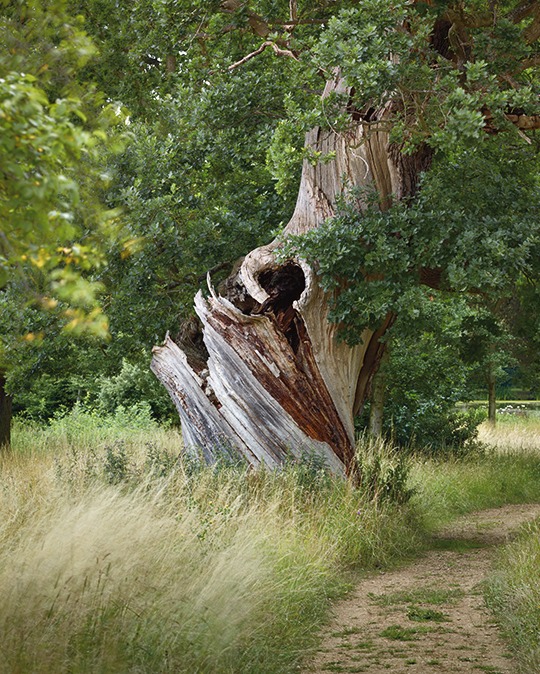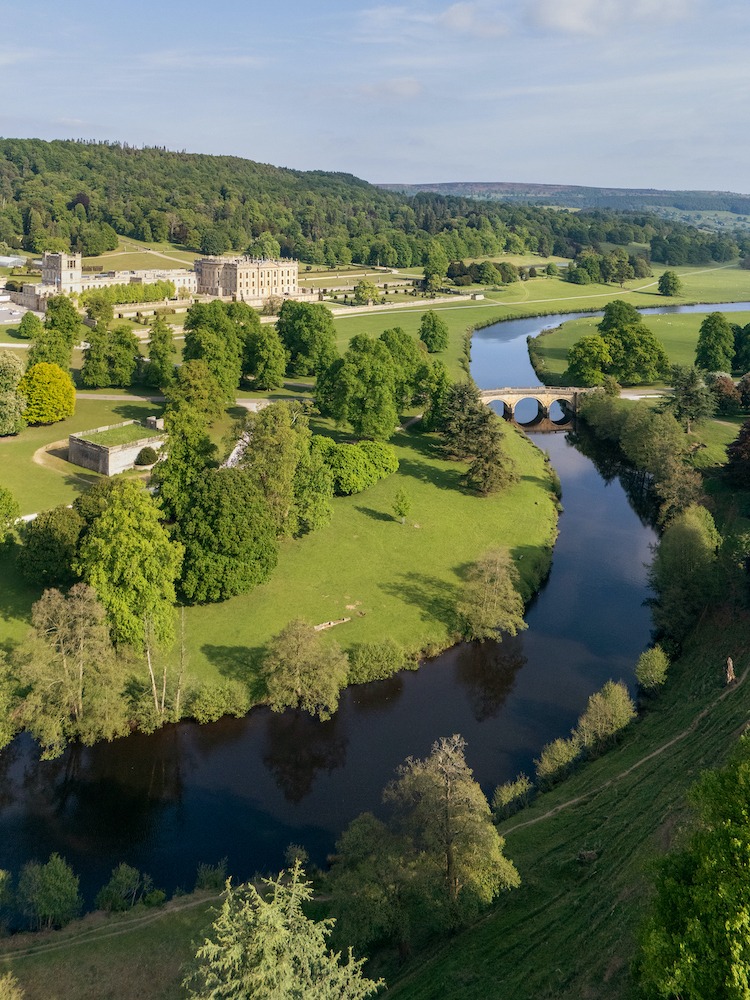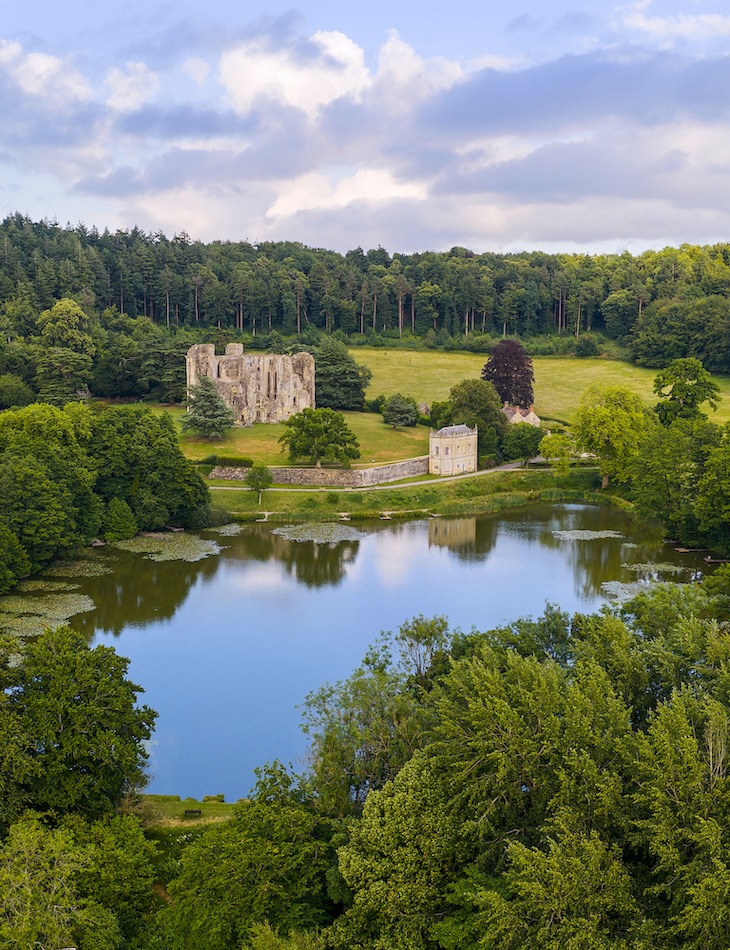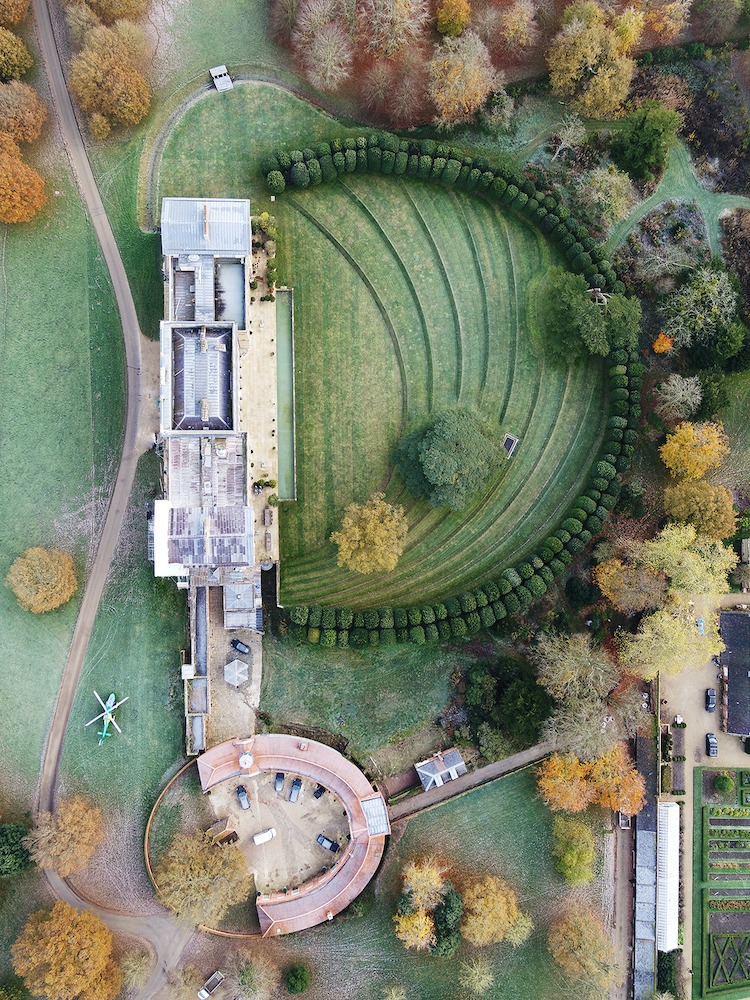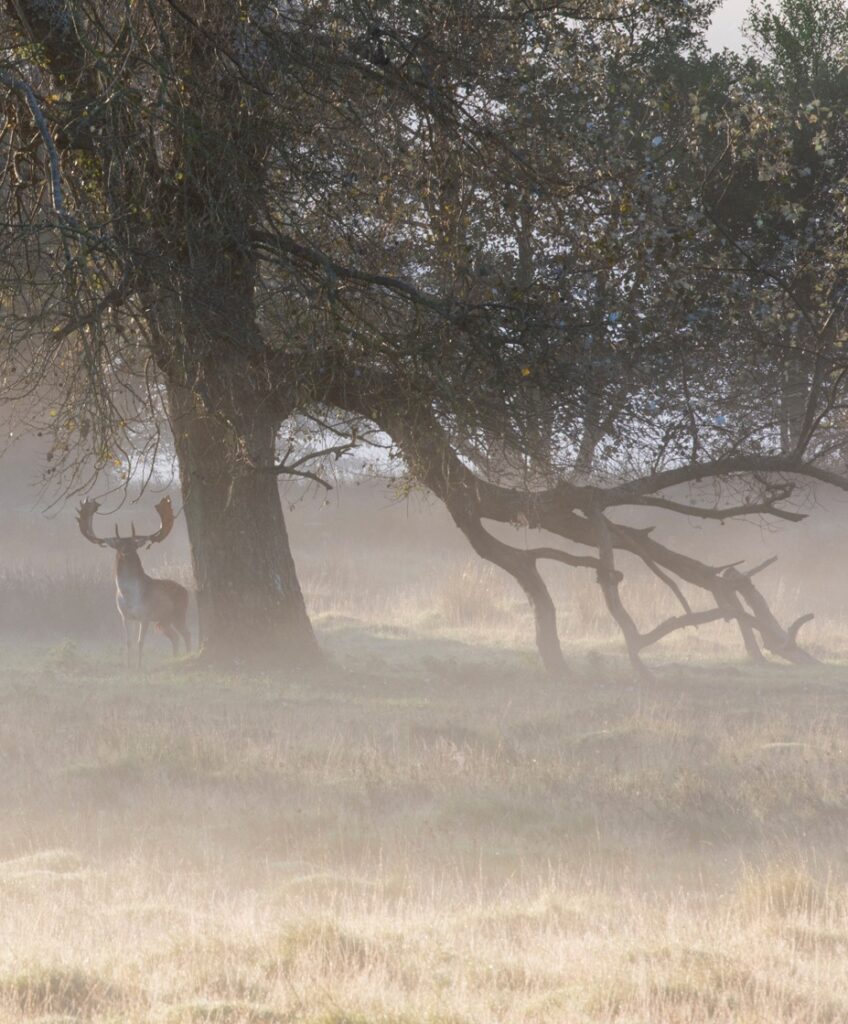The Green World of Brown features a wealth of material by a diverse group of artists and craftspeople, drawn from over 60 country estates where Brown’s designs continue to flourish. Visitors to the exhibition can explore the work of more than 30 photographers, from famous names to graduates starting their careers, as well as poetry, texts, paintings, architectural drawings and immersive projections.
Outdoor Photography: What was the inspiration behind the exhibition?
Allan Pollok-Morris: In my work as a photographer of country estates I have witnessed the great influence of Capability Brown on many creative people from different walks of life, so with the help of my fellow trustees at the Landscape Foundation (UK), I set about curating a collection of these inspirations.
I particularly enjoy sharing scenes from places where man’s intervention is inspiring and sublime, and sometimes even mistaken for nature itself – which is a perfect description for Brown’s landscapes.
Makers of great estates and landscapes take a very long view; an estate manager could spend their whole career restoring, improving and future-proofing a country house when the fruits of their labour will probably only benefit future generations. That is very much the case with the work of the Northumberland-born Capability Brown (1716-83), Britain’s earliest environmentalist and best-known landscape architect.
OP: Tell us about Capability Brown’s influence.
AP-M: His gift was to move away from the previous formal style of landscape architecture to a more naturalistic style. The scale of his works hasn’t been replicated since. His landscapes were so enormous, effective and enduring; they have inspired a spectrum of creative people to make their own work for 300 years since. He is one of the nation’s greatest artistic influencers, and arguably the most significant artist the north-east of England has ever produced.
Some say without Brown we wouldn’t have had the romantic era, one Britain’s most prolific periods of intense artistic accomplishment. The reason Brown is still influencing contemporary work is because the many remaining examples of his landscapes thrive in modern times.
This has shaped the way I have curated the exhibition.
OP: What’s included in the exhibition?
AP-M: The exhibition spans the whole history of photography, from the pioneers to the present day. It explores Brown’s work in over 60 country estates and public parks by showing a wonderful mix of art and media.
Centre stage is the photography of Brown’s work, including work by living and sadly recently departed friends in the professional field, along with new friends I’ve made in curating the show.
Many of us survived and thrived after the decimating effects of the digital era on analogue photography and media. We wanted to use the exhibition to introduce visitors to traditional approaches, with slide projections and light tables with loups, original C41 prints and contact sheets.
I believe the most important tool in a photographer’s bag is an open mind and a willingness to capitalise on new technologies. We have some exclusive first views of results from new technologies in the show, including the highest definition, largest megapixel camera that’s ever been mounted on a drone. And while it’s controversial, I was glad to curate large-scale AI augmented work by Daniel Ambrosi, made from photography, for the exhibition. It’s interesting to see the mix of reactions to it, but we can’t deny the reality that this is part of our future.
The happy coincidence with the timing of Brown’s creations meant they had matured and reached their splendour by the time photography was invented in the early 19th century. Another piece of luck was that Henry Fox Talbot pioneered photography at Lacock Abbey and practiced his craft at Bowood House; both had landscapes by Capability Brown, and we were able to include his work in the show thanks to the Met Museum New York and Bradford’s Science and Media Museum.
OP: Have you made any surprising discoveries during the making of the show?
AP-M: In researching the exhibition, I was horrified at my lack of awareness of how creatively and scientifically oppressed women were in 19th century Britain. They were not permitted by society to engage in scientific innovation. When women made new discoveries, these were often credited to men. I wanted to find examples of female pioneers of photography connected with Capability Brown’s work to give them a special place in the exhibition and recognise their contribution.
Esme Littlechild, a photography graduate who has contributed to the show and specialises in cyanotype, introduced me to the work of Anna Atkins (1799-1871), who is thought to be the first person to include photographs in a book. Atkins’ passion was making cyanotype records of plants, and she provided specimens to Kew Gardens where Brown had worked. The exhibition highlights this photographic heroine.
Charlotte and Lucy Bridgeman, both born in the 1820s, lived at Weston Park and were teenagers in the Jane Austin era. They were pioneers in the media of the time, working with photography and diarising their lives in writing, the blogging equivalent of that era. With the kind support of the Weston Park archive we were able to find examples of their photography in Capability Brown’s landscapes and share this in the show.
OP: What’s next for the Green World of Brown?
AP-M: Further exciting venues are planned for the exhibition and we are growing it online by showing expanded works and thoughts from our contributors, including gifted photographers, on social media @greenworldofbrown
The Green World of Brown is presented by the Landscape Foundation (UK), with support from the Alan Baxter Foundation and Allan Pollok-Morris’s Cotswolds based production studio Northfield Editions. The exhibition runs until 26 September at Weston Park near Birmingham. For more details, visit weston-park.com/capability-brown-exhibition

